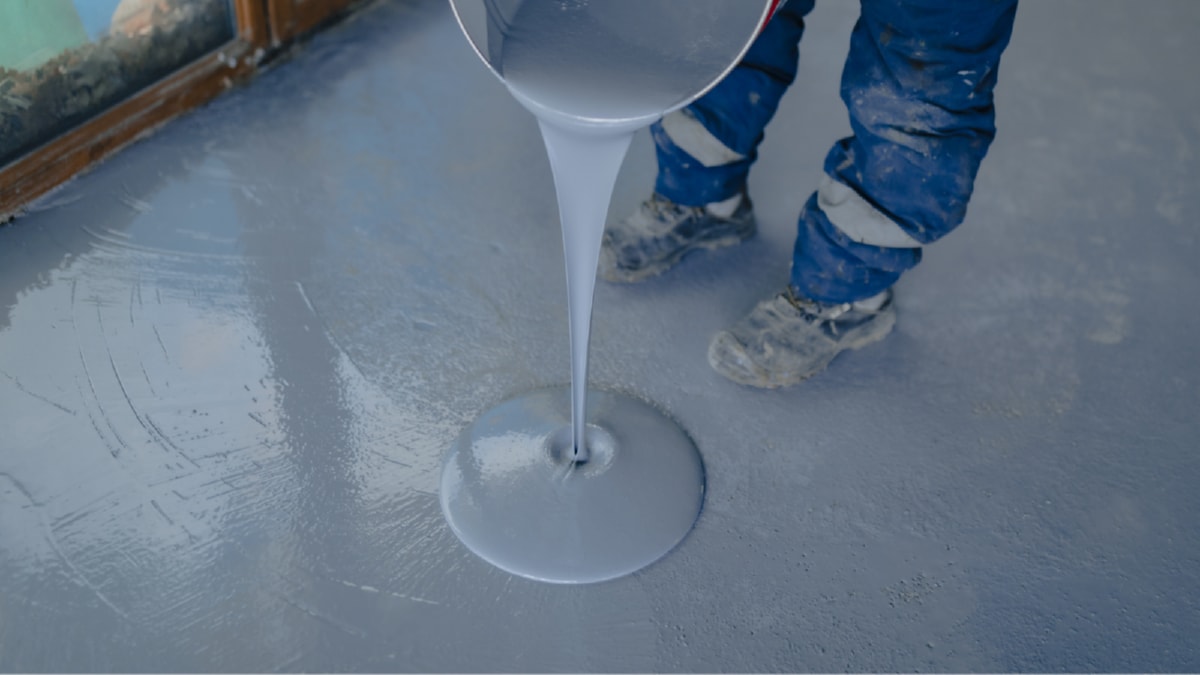The construction industry is currently undergoing a dramatic shift, spurred on by the increasing demand for sustainability and the advent of green technology. This technology, which prioritizes energy efficiency, waste reduction, and the use of renewable resources, is revolutionizing the way we build and manage our built environments.
Green technology is not a new concept, but its adoption in the construction sector is rapidly increasing. This is due to a growing understanding of the environmental impact of traditional construction practices, and a desire to create healthier, more sustainable buildings. As such, green technology is not just an add-on or a luxury, but is becoming an integral part of modern construction.
One of the most significant ways green technology is transforming construction is through energy efficiency. This involves the use of high-performance materials and designs that reduce energy consumption in buildings. For instance, the use of high-efficiency insulation, windows, and HVAC systems can significantly reduce energy use, thereby lowering greenhouse gas emissions. Additionally, incorporating renewable energy sources, such as solar panels or wind turbines, into building designs can further lessen a building’s environmental impact.
Another important aspect of green technology in construction is waste reduction. Traditional construction methods often generate a considerable amount of waste, from unused materials to debris from demolition. However, green technology offers several ways to minimize this waste. This can include the use of prefabricated components, which are made to order and therefore minimize waste, or the use of recycled or reclaimed materials. In addition, construction waste can be reduced by using digital tools that allow for more precise planning and execution of construction projects.
Water efficiency is yet another area where green technology is making a significant impact. This involves the use of systems that reduce water consumption, such as low-flow fixtures and appliances, rainwater harvesting systems, and greywater recycling systems. These technologies not only save water but also reduce the strain on municipal water supplies and wastewater treatment systems.
Green technology is also playing a role in improving indoor environmental quality in buildings. This includes using materials that emit low or no volatile organic compounds (VOCs), which can be harmful to human health. Furthermore, green technology can improve indoor air quality by using advanced ventilation systems that filter out pollutants and bring in fresh air.
The benefits of green technology in construction extend beyond environmental impact. Buildings that incorporate green technology are often more cost-effective to operate due to lower energy and water costs. They can also offer a healthier and more comfortable living or working environment, which can increase productivity and well-being.
In conclusion, green technology is revolutionizing the construction industry by promoting sustainability, reducing waste, and improving the quality of our built environments. As its adoption continues to increase, we can expect to see more innovative and sustainable solutions that will shape the future of construction. The construction industry, once seen as a significant contributor to environmental degradation, is now becoming a part of the solution, thanks to the power of green technology.
For more details, check best masonry services or visit their business listing here.



